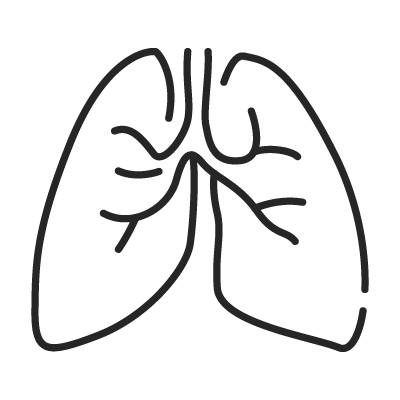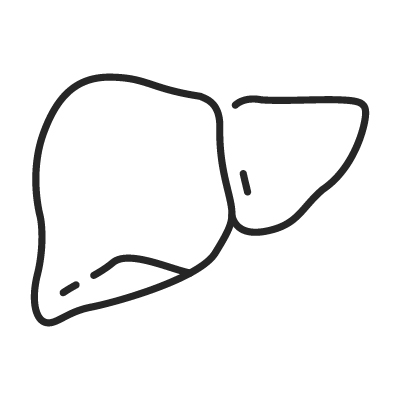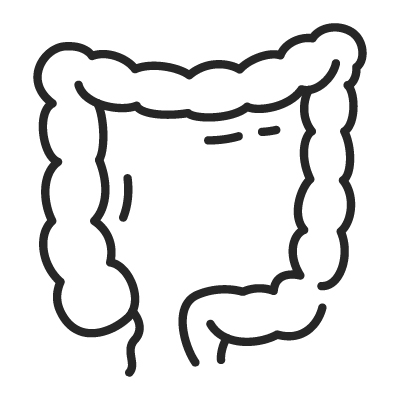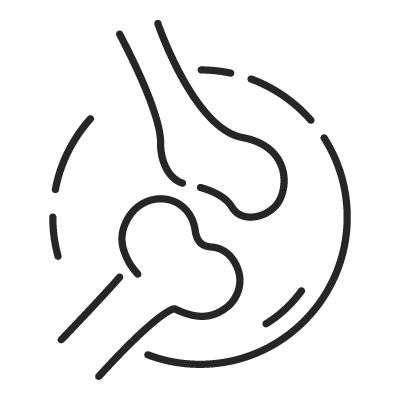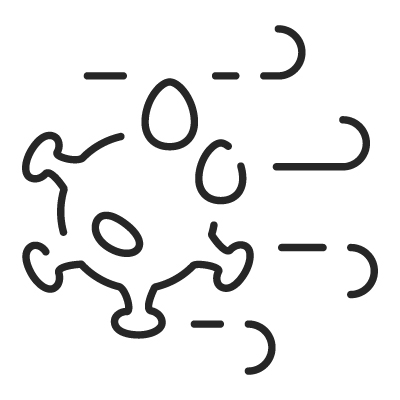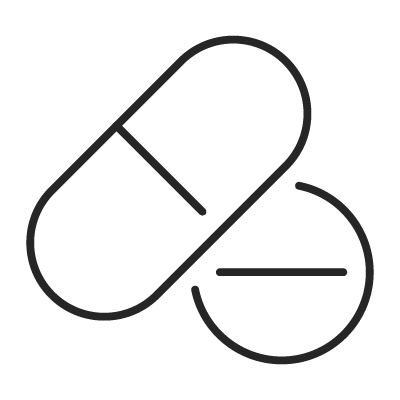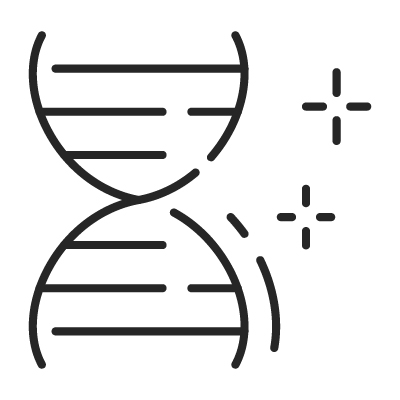Canine Anaplasma virus antibody (ANA Ab)
| Catalog No. | SANAABS |
|---|---|
| Specimen | Serum/Plasma |
| Dimensions | Height: 60mm, Length: 300mm, Height: 84mm, Length: 300mm |
Product Description
INTENDED USE
The Anaplasma Antibody Test Kit is a visual rapid test for the qualitative detection of antibodies to A. phagocytophilum and/ or A. platys in canine whole blood, serum or plasma. This test is for veterinary use only. Gram negative bacteria belonging to the above Anaplasma spp. are obligatory intracellular parasites and cause the disease known as Anaplasmosis in man, dogs and some other animals. This disease is transmitted by a variety of tick vectors and has a world-wide distribution. Clinical signs of Anaplasmosis differ depending on the species of bacteria causing disease. A. phagocytophilum causes granulocytic Anaplasmosis causing hematologic abnormalities and formation of Morulae in granulocytes. Common hematological changes include thrombocytopenia, leukopenia and anemia. Increases in serum alkaline phosphatase, alanine transferase and total bilirubin but reduction in albumin levels has been noted in granulocytic Anaplasmosis. A. platys infection in dogs causes bacteria to accumulate in platelets. The appearance of Morulae in platelets is cyclical in nature. Apart from thrombocytopenia, A. platys infection is characterized by bleeding disorders.
PRINCIPLE
The Anaplasma Antibody Test Kit uses synthetic peptides that bind antibodies produced in dogs in response to certain dominant antigens of the above two Anaplasma spp. Co-polymers of synthetic peptides with bovine serum albumin are coated on colloidal gold particles and used in a double antigen sandwich assay to visualize the presence of antibodies binding to these peptides. The antibodies bound to antigen-coated gold particles flow through the strip and are captured by immobilized antigen on the test strip. The accumulation of the captured gold particle/ antibody complex causes a color to become visible on the Test Line (T). The intensity of the colored line is further enhanced by an amplification mechanism. A procedural Control Line (C) will always appear whether the sample is positive or negative.



